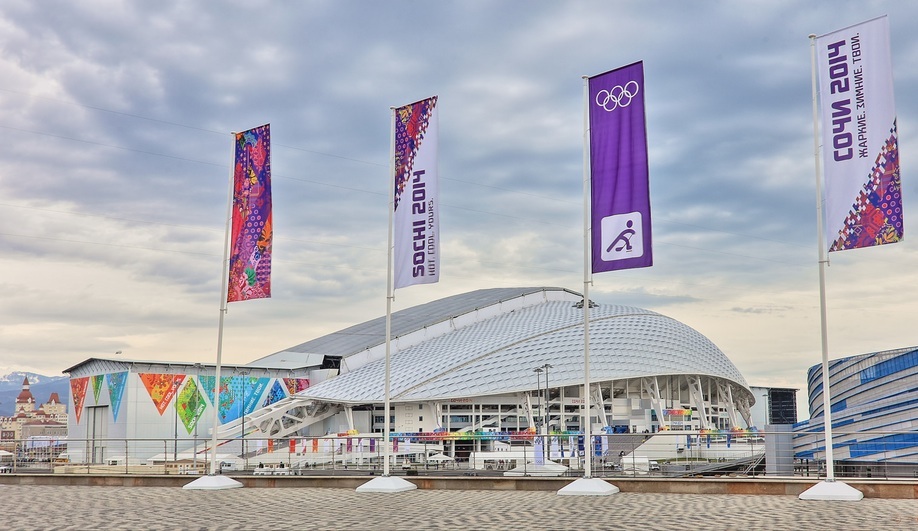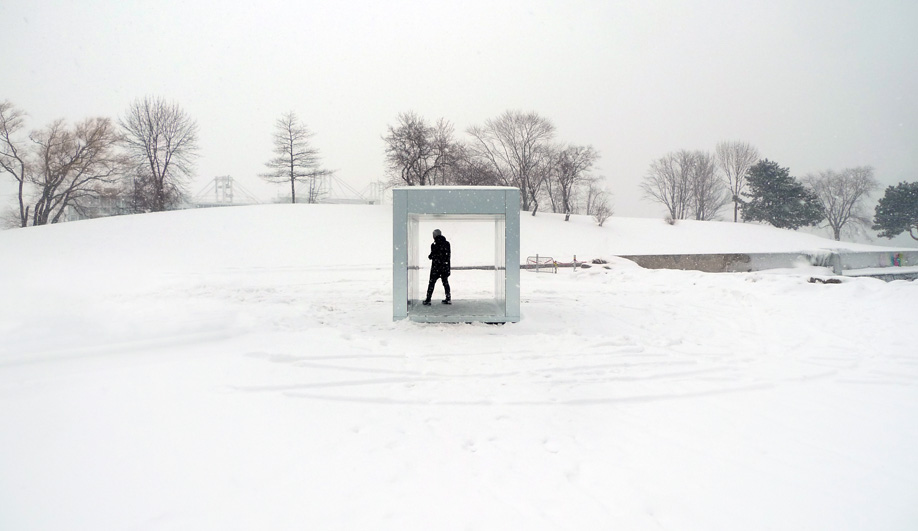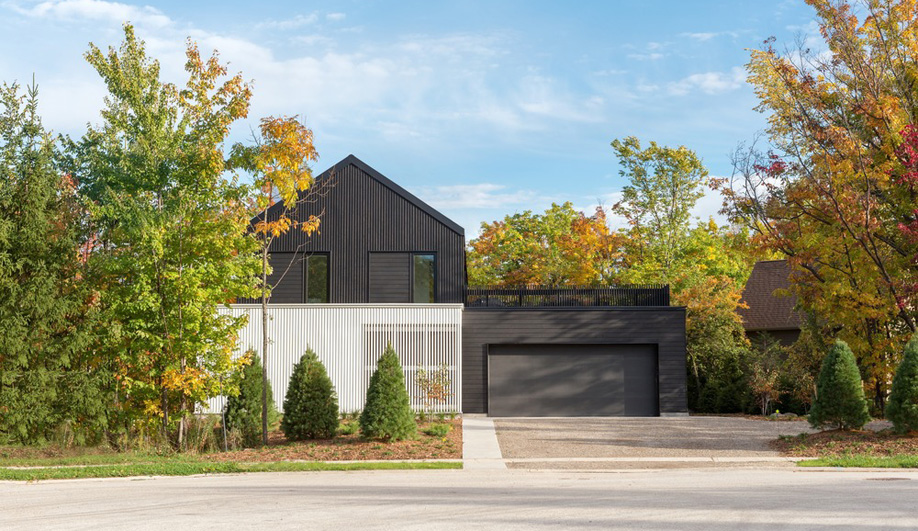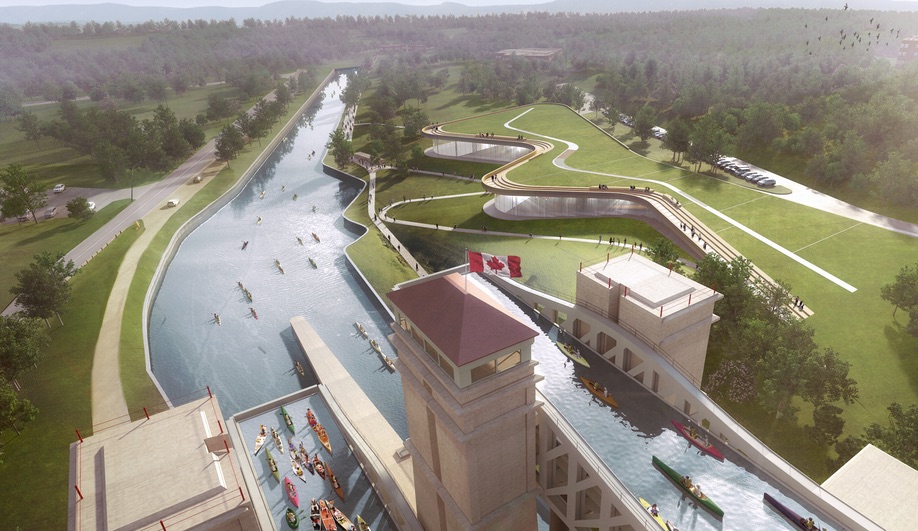
With the commencement of the Winter Olympics, all eyes will be on Populous’s Fisht Stadium in Sochi.
Bringing an Olympic stadium into the world is never easy. The 2014 Winter Olympics in Sochi have faced more complications than most, with runaway budgets, accusations of worker exploitation, threats of terrorism, and the host country’s recent enactment of anti-gay laws all throwing negative light on what should be a time for celebration. On top of all this, there are the inherent concerns that stem from the construction of any Olympic stadium. These massive architectural works demand huge investments in infrastructure, seemingly in contradiction with the temporariness of a venue at the centre of an event lasting less than three weeks.
It’s a paradox with which the best minds in architecture have wrestled. In designing the London Aquatics Centre for the 2012 Olympics, Zaha Hadid added wings to house seating for extra spectators, which could be dismantled after the games. But even this couldn’t elevate the centre above criticism, with obstructed views and enormous cost overruns among the main complaints.
The firm behind Fisht, the biggest new stadium in Sochi, Populous began in Kansas City 30 years ago as an offshoot of HOK. It specializes exclusively in large sports venues, and has since grown to a position of world leadership in the genre. Their stadium for the London Olympics in 2012 was roundly praised for its sustainability, and – remarkably – reaching completion on time and under budget.
Populous’s original proposal for Sochi, selected in October of 2009, took the form of a sustainable loop-like structure with a crystalline skin that some compared to the Water Cube erected for the 2008 Olympics in Beijing. Naturally, this design was to evolve significantly as the team advanced from the proposal process and into the design development phase.
The firm later released the renderings above, which depict the stadium’s final approved design. The skin, which previously featured a snowflake-inspired lattice – an unusual choice for a beach resort town dotted with palm trees – has been replaced by a simplified translucent canopy meant to represent two mounds of snow. More importantly, in the updated design the loop has been opened to allow free access from the surrounding area directly to the stands and the perimeter of the field.
Ironically, it was the latter change that has posed the greatest problem. Late into the tumultuous construction phase, planners realized they would need to add an extemporized canopy that fully covered the stadium in order to execute President Vladimir Putin’s ambitions for the opening ceremonies – a change that some allege was made without consulting experts. This addition extends into a temporary hangar-like structure that projects rather inelegantly over the gangway to enclose the entrance to the stadium.
Rumours about problems with the delivery of the Olympics have dogged the development for months; Putin recently told the press that the sticker price on all the new venues constructed for the Sochi Olympics is less than $7 billion USD, even less than the $12 billion he promised in 2007, but an Olympics preparation commission has estimated the true total is closer to $50 billion – a sum that would make it the most expensive Olympic Games ever, with venue costs more than four times that of the London 2012 Games.
While many point to corruption as a likely cause for the extravagant cost, delays have also plagued the construction of many of the venues; in October, it was reported in the Moscow Times that the stadium was far from completion, even lacking the concrete needed to complete the stairs.
These problems were exacerbated by a string of disasters, many of them hitting local residents the hardest: a storm washed out a pier needed for the delivery of materials, the replacement of an access road with a six-lane highway left families stranded, runoff from the construction site flooded nearby homes, and increased demands on the grid left many without power. Human rights watchdogs have confirmed that many of the migrant labourers employed to construct the Olympic village have been deported without pay.
Fisht Stadium, meanwhile, has now achieved completion, although the cost for this venue alone may run as high as a billion dollars. When the opening ceremonies begin on Friday, the structure will have a chance to prove to the athletes and the world whether it has earned its hefty pricetag.



